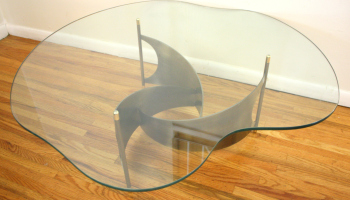There are loads of things you should know about keeping your pool healthy. One of such things is ph. Keeping pH at an optimum level is very crucial to making sure your water is safe and clean. Therefore, you should always know how to lower the ph in a pool when it goes above the normal level.
How to Lower the pH in a Pool - Will adding chlorine lower pH?
If you are building a pool, there are many things to consider - pH is one of them. This post has got it covered. You will also learn what ph is, how it affects the health of your pool, and how to make sure the ph is always optimum. To always have your pool water ph balanced, keep reading to the end.
pH: what is it?
The full meaning of pH is ‘proteins hydrogen’ otherwise translated as the ‘power of hydrogen’. Since water has the ability to conduct electricity, it always has hydrogen ions within its structure. It is the measure of those hydrogen ions that is referred to as pH. The level of pH has to stay at an optimal level to help with pool maintenance and keep swimmers comfortable.
In basic chemistry, the pH scale runs from 0-14. The smaller numbers from 0 and below 7 are acidic. 7 is neutral, while numbers above 7 denote alkalinity.
Why bother balancing pH?
Pool professionals say having balanced pH in your pool will make sure your swimming sessions are always comfortable. You will never feel irritation on your skin and eyes. Also, balancing pH prolongs the life of other chemicals in the water. You sure want your chlorine to serve you longer and keep everything at a perfect balance.
What unbalances the pH?
There are a lot of reasons why your pool pH destabilizes. Here are the main ones;
- Lack or excess of chemicals for treating water
- Suspicious source of water
- Poor aeration
- Rapid evaporation
- Swimmers’ waste
- Presence of disinfectants
- Airborne debris
The problems associated with low pH.
When the pH is below the recommended level or more acidic, these are the kind of problems you will be dealing with;
- Rampant staining
- Irritation on your skin and eyes
- Corroding of the metals
- Etching pool surface
- Vinyl liners will wrinkle
- Chlorine loses its potent and algae begins to form
The problems associated with high pH.
It is not only about low pH, high pH too is harmful to your pool. Here are the problems you should expect when your pool’s pH leans towards alkalinity;
- The water turns milky
- Inefficient chlorine
- Skin and eye irritation
- Accelerated scaling. It causes clogging of the filters and heater components. Circulation will also be adversely affected.
How to keep pH at an optimal level.
When the pH needs lowering, you should use hydrochloric acid, which is also known as muriatic acid. On the other hand, raising pH will require adding of soda ash, which is chemically known as sodium carbonate.
Although there are different types of swimming pools, you have to keep an eye on the pH. To keep your water safe, it is mandatory to know how to lower the ph in a pool. Now you know what Ph is, why you should keep it balanced, and the common problems of unstable pH. Go ahead and make sure your pool pH is always at its recommended level.









